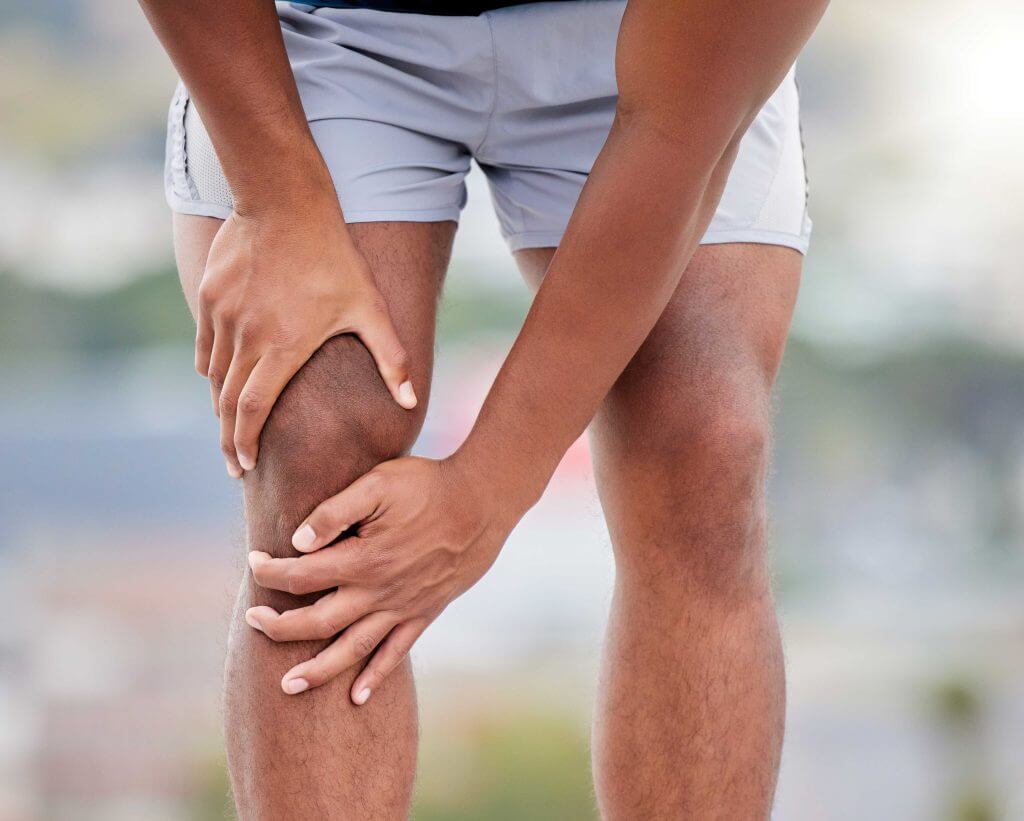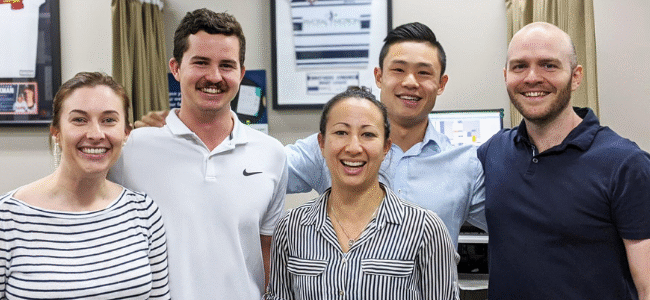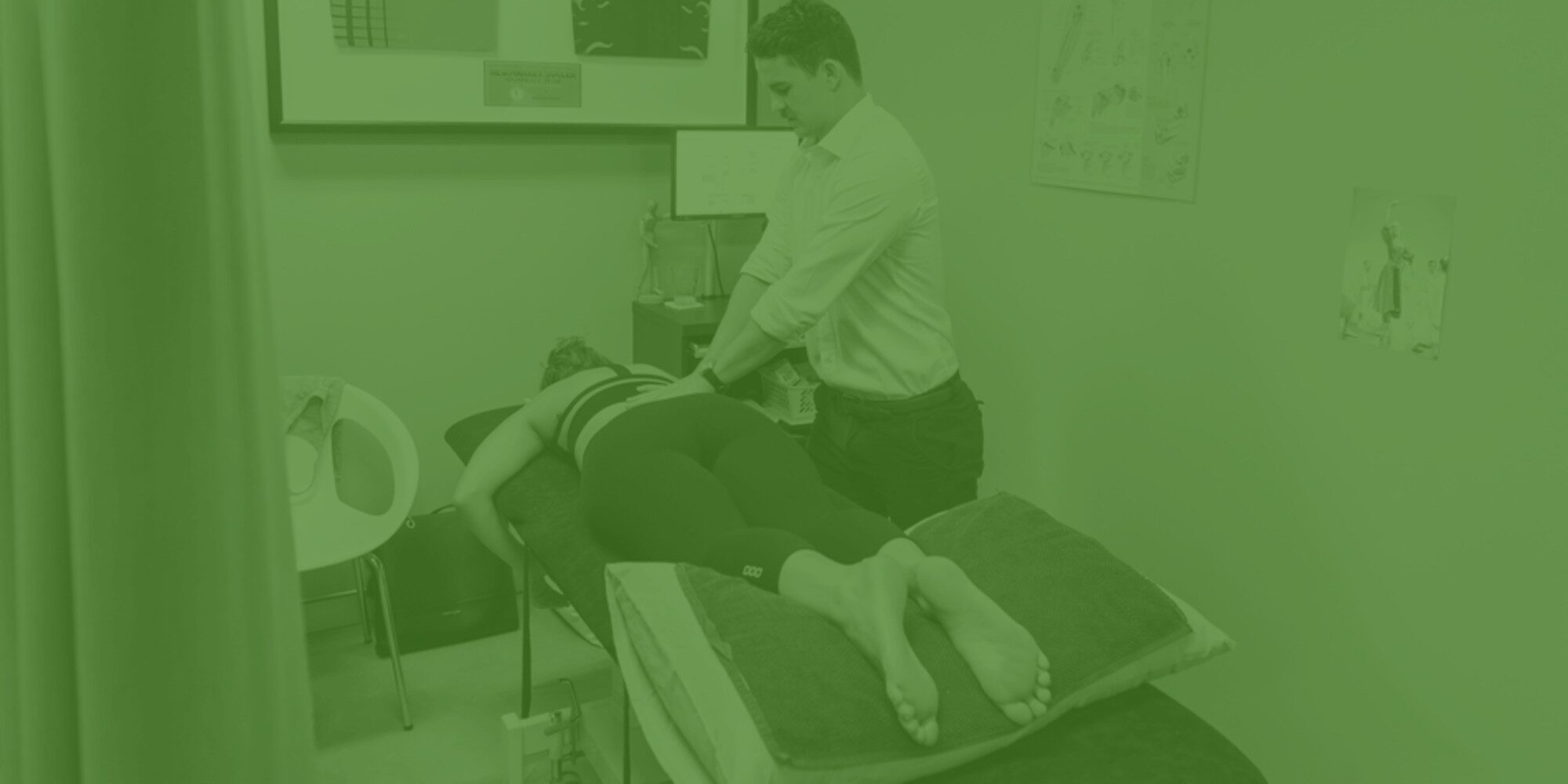Osteoarthritis Physical Therapy
Exercise is beneficial for everyone, helping to strengthen our bones and muscles, boosting our mood, regulating our weight, and enhancing the health of our lungs and heart. If you are someone who experiences arthritis or joint pain, the thought of general exercising or completing osteoarthritis physiotherapy might seem overwhelming or even impossible.
However, osteoarthritis physical exercise can be used in specific ways to help improve your health and fitness without causing harm to your joints. In fact, the right type of OA physiotherapy can even lessen the impact of arthritis.
So, if you’ve been avoiding exercise due to joint pain or are unsure about the best exercises for osteoarthritis management, keep reading below for helpful tips and advice.
Use osteoarthritis physiotherapy to take charge of your body, get in touch with a talented exercise physio from Pivotal Motion and get moving again today!

What is Osteoarthritis?
Osteoarthritis (OA) is a prevalent form of arthritis that affects millions of people around the world. It’s often referred to as a ‘wear and tear’ condition, as it’s caused by the deterioration of the protective cartilage that surrounds the ends of bones. This degeneration can be triggered by factors such as overuse, excessive load (often due to obesity), or injury, and is a chronic condition that typically worsens over time. If you suspect that you may have osteoarthritis but haven’t been formally diagnosed by a doctor, there are various diagnostic methods available to help clarify your condition. These include undergoing an X-ray or MRI.
What Are the Symptoms of Osteoarthritis?
Individuals with osteoarthritis may experience a variety of symptoms, including:
- pain
- stiffness
- tenderness
- loss of flexibility
While any joint can be impacted, the hands, knees, hips, and spine are typically the most affected areas. Unfortunately, even with OA physiotherapy treatment, it is not possible to reverse the degradation of cartilage.
Nonetheless, effective symptom management is achievable through strategies such as maintaining an active lifestyle, by using an appropriate osteoarthritis physical exercise program for example, and healthy weight, which can slow down the disease’s progression and improve joint function and pain. It’s essential to note that the symptoms of osteoarthritis can lead to health complications not directly related to the condition itself, such as reduced mobility and pain.

Potential Consequences of Osteoarthritis
Research has indicated that people with osteoarthritis have a higher risk of falls and fractures compared to those without osteoarthritis. This is likely due to osteoarthritis reducing function, weakening muscles, and decreasing balance, all of which increase the likelihood of falls. Additionally, side effects from pain medication, such as dizziness, can further contribute to the risk of falls.
Furthermore, painful joints, particularly in the knees, hips, and back, can make physical activity challenging, resulting in reduced engagement in exercise. This lack of physical activity is strongly linked to Type 2 Diabetes, heart disease, weight gain, high blood pressure, and the worsening of osteoarthritis itself. Therefore, it is crucial to find an osteoarthritis physiotherapy program that is appropriate and enjoyable for your individual needs. Don’t fret, though – we’re here to help! Keep reading to discover which type of osteoarthritis physical therapy is best suited for you.
What Type of Osteoarthritis Physical Exercise Should I Be Doing?
When it comes to finding osteoarthritis exercises that work for you, it’s important to consider the location where you experience osteoarthritis and the severity of your condition. That’s where a healthcare professional like an Exercise Physiologist or Physiotherapist can really help. They can work with you to create an exercise plan that’s tailored to your needs. There are two main categories of exercise for arthritis: low impact and high impact.
Low Impact Osteoarthritis Management
Low-impact activities are typically easier on the joints and can help reduce stiffness, improve stamina and energy levels, and manage weight. Some examples of low-impact osteoarthritis physical exercise activities are:
- walking
- cycling
- swimming
- hydrotherapy
Aim for at least 150 minutes of low-impact or cardiovascular exercise a week, which could be broken up into 30-minute sessions five times a week or 10-minute bouts throughout the day if needed.
High Impact Osteoarthritis Management
On the other hand, high-impact exercise can help increase muscle and bone strength, which can in turn help slow down the progression of osteoarthritis and are best for those with less severe arthritis. Some examples of high-impact osteoarthritis physical exercise are:
- running
- weight lifting
At Pivotal Motion, we offer a range of exercise services to help you find what works best for you. Click here to learn more!
Hydrotherapy
Hydrotherapy is a fantastic modality for those looking for OA exercises, considering exercising in water reduces force and impact on the joints, making it an enjoyable and pain-free exercise. Hydrotherapy provides other benefits, such as:
- decreasing swelling
- increasing physical function
- improved strength
- range of movement
- improving sleep quality
- increased fitness
- improved weight management
How Much Exercise Is Too Much?
When it comes to exercising, there is no specific guideline to follow regarding how much is too much. However, if exercise causes pain or inflammation that lasts for more than an hour post-exercise, it may be too strenuous. Signs that you might be pushing yourself too hard are:
- excessive fatigue
- increased weakness
- reduced range of motion
- joint inflammation
- increased levels of joint pain after exercise.
If you experience any of these symptoms, consider modifying your exercise routine to better suit your needs. You can speak with one of our Exercise Physiologists to ensure your osteoarthritis physiotherapy routine is going to meet your needs and get the best results for your health.
Manage Osteoarthritis Easier with Pivotal Motion
If you require a physiotherapist to develop an osteoarthritis management plan, or would just like to find out more about yourself and what our talented Brisbane exercise physiologist team can do to help, get in touch. Feel free to call the Pivotal Motion Physiotherapy team on 07 3352 5116 or book online for a hand today!


